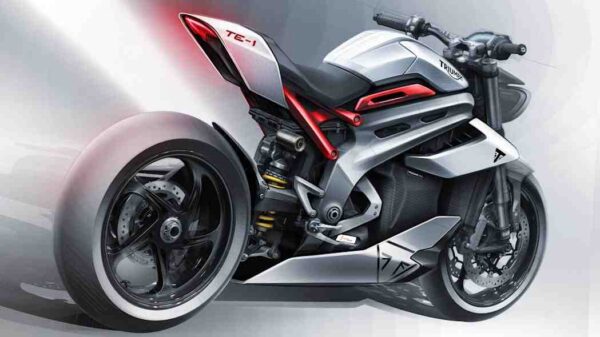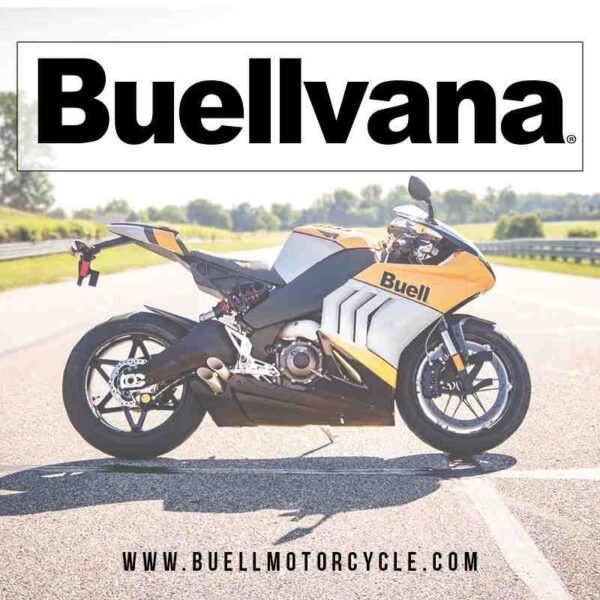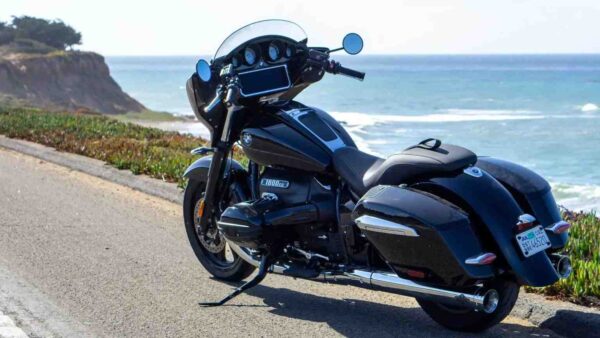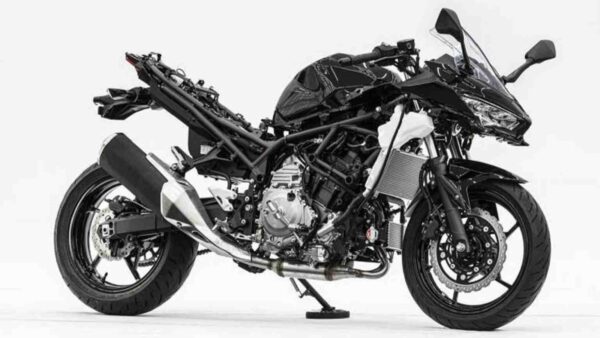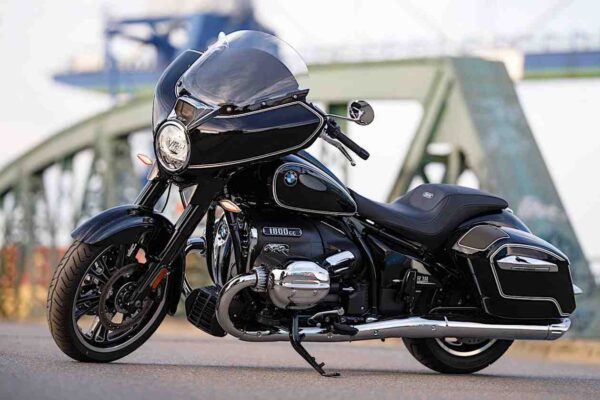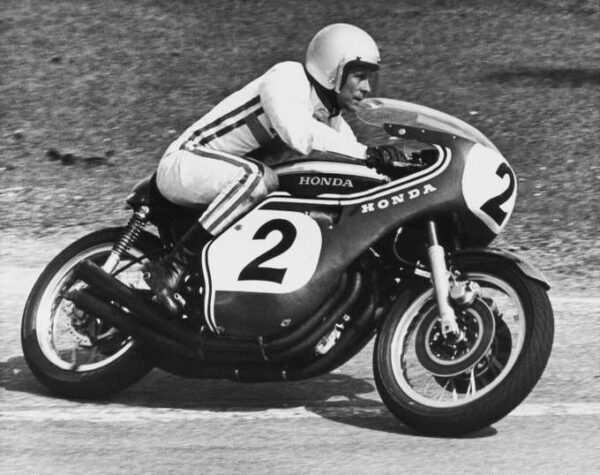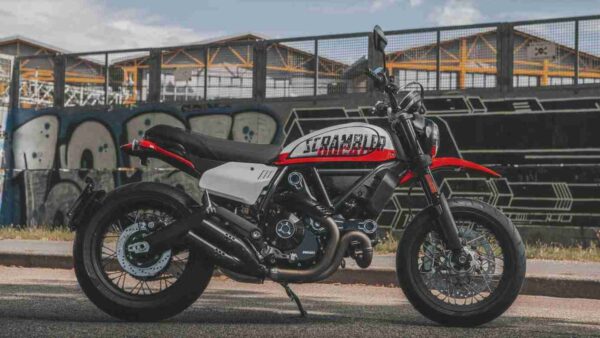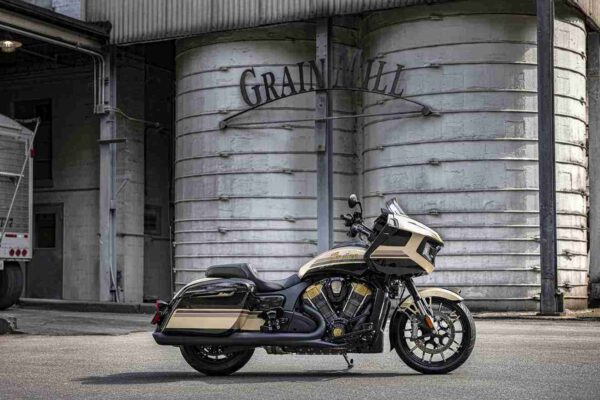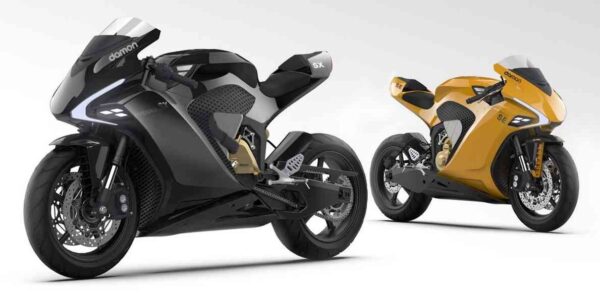Tiny Triumph Motorcycle Range in Prototype – targets 200 to 750cc engine market segment
by Todd Halterman from https://www.autoevolution.com Tiny Triumphs and EV Motorcycle Range in Prototype Now With Indian Firm Bajaj Triumph is now teasing the development of a series of smaller displacement motorcycles that the company plans to build with Indian manufacturing giants Bajaj. As far back as early 2020, Triumph announced that it reached an agreement with Bajaj – one of the largest motorcycle firms in the world – to develop and build an all-new range of so-called ‘baby’ Triumphs that would fill in the 200 – 750cc engine displacement category. While the plan called for the companies to roll out the first models in the collaboration in 2022, the project has been pushed back as a consequence of the impact of the COVID-19 pandemic. Now that the pandemic crisis seems to be loosening its grip, both parties say they’re back on track to develop the bikes. Triumph Head of Brand Management Miles Perkins says prototypes have already been created and plans are back in the offing. “That’s going great guns, I have seen the development motorcycles – and the prototype for those – it’s all on track,” Perkins says. “We haven’t yet confirmed exactly what the bikes are and exactly when we will launch them but the news is forthcoming soon.” And fear not, though Triumph hasn’t confirmed exactly which the partnership will create models, it has said the resulting bikes will be sold globally rather be sold only in Asian markets more conducive to sales of cheaper, small capacity motorcycles. According to Perkins, Triumph found the ideal partner in Bajaj. He says the company’s large market share in India and experience working with KTM and Kawasaki were key to the deal. “The relationship with Bajaj and conversations I have had with the team over there and the engineering team […]
Tiny Triumph Motorcycle Range in Prototype – targets 200 to 750cc engine market segment Read More »

